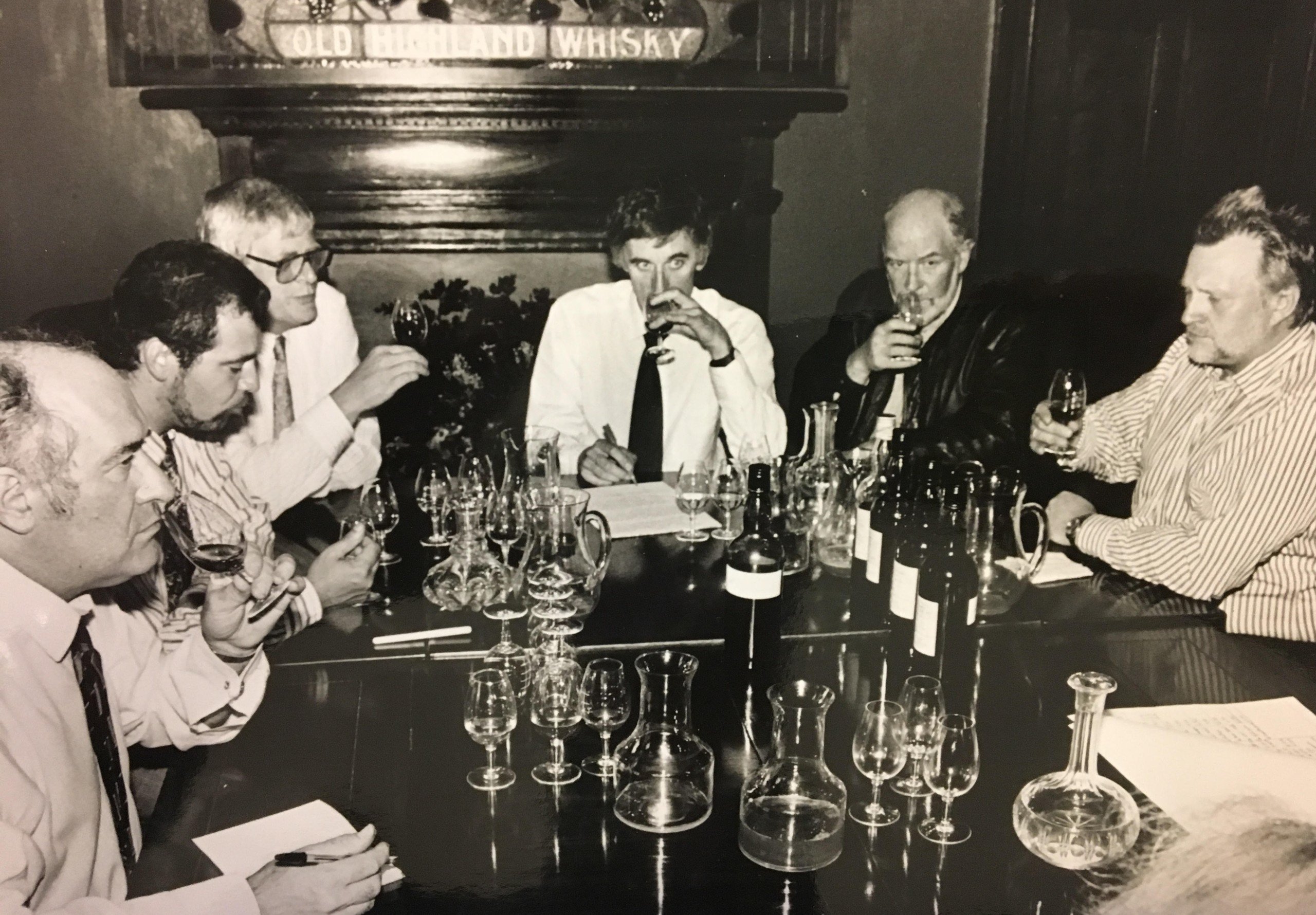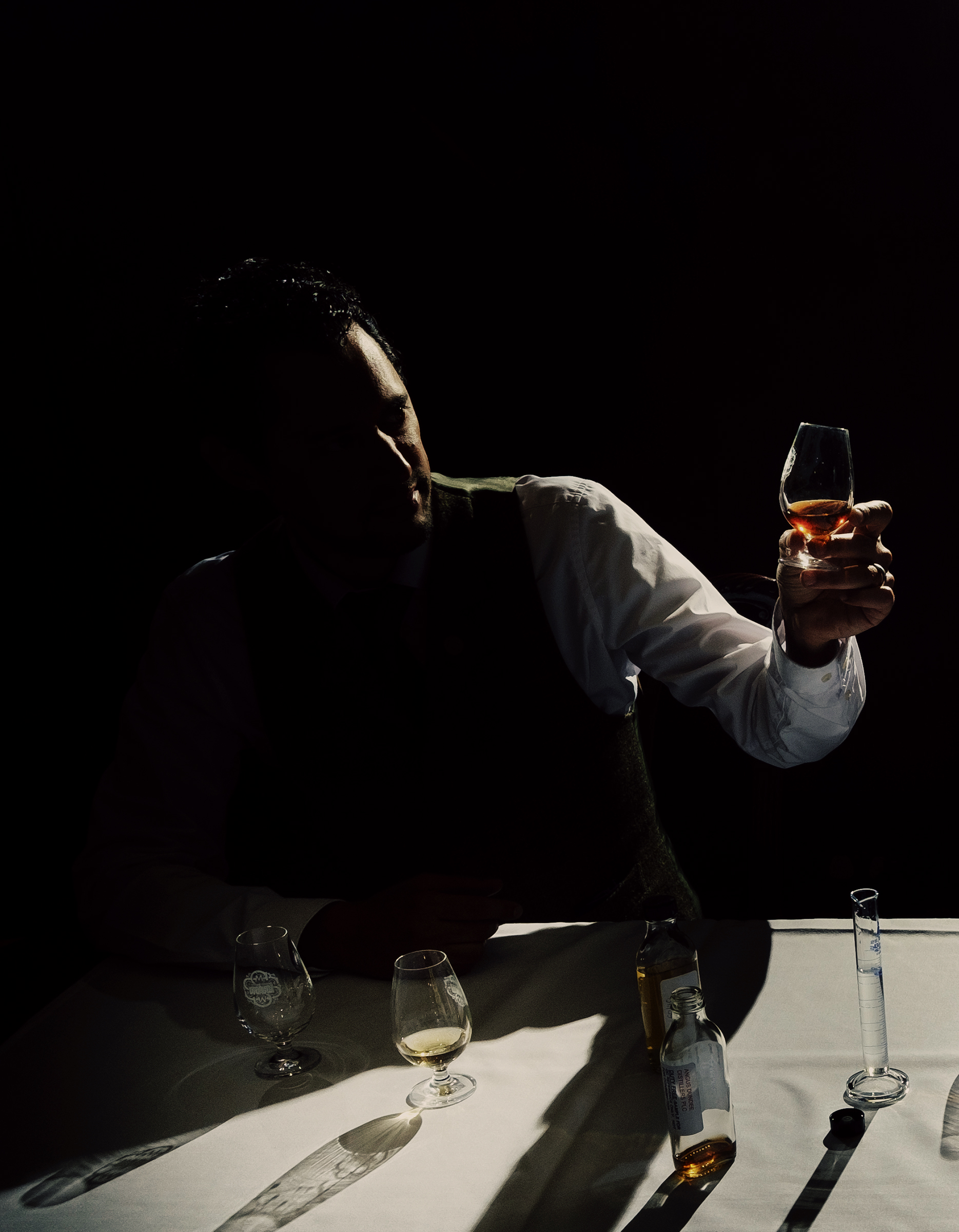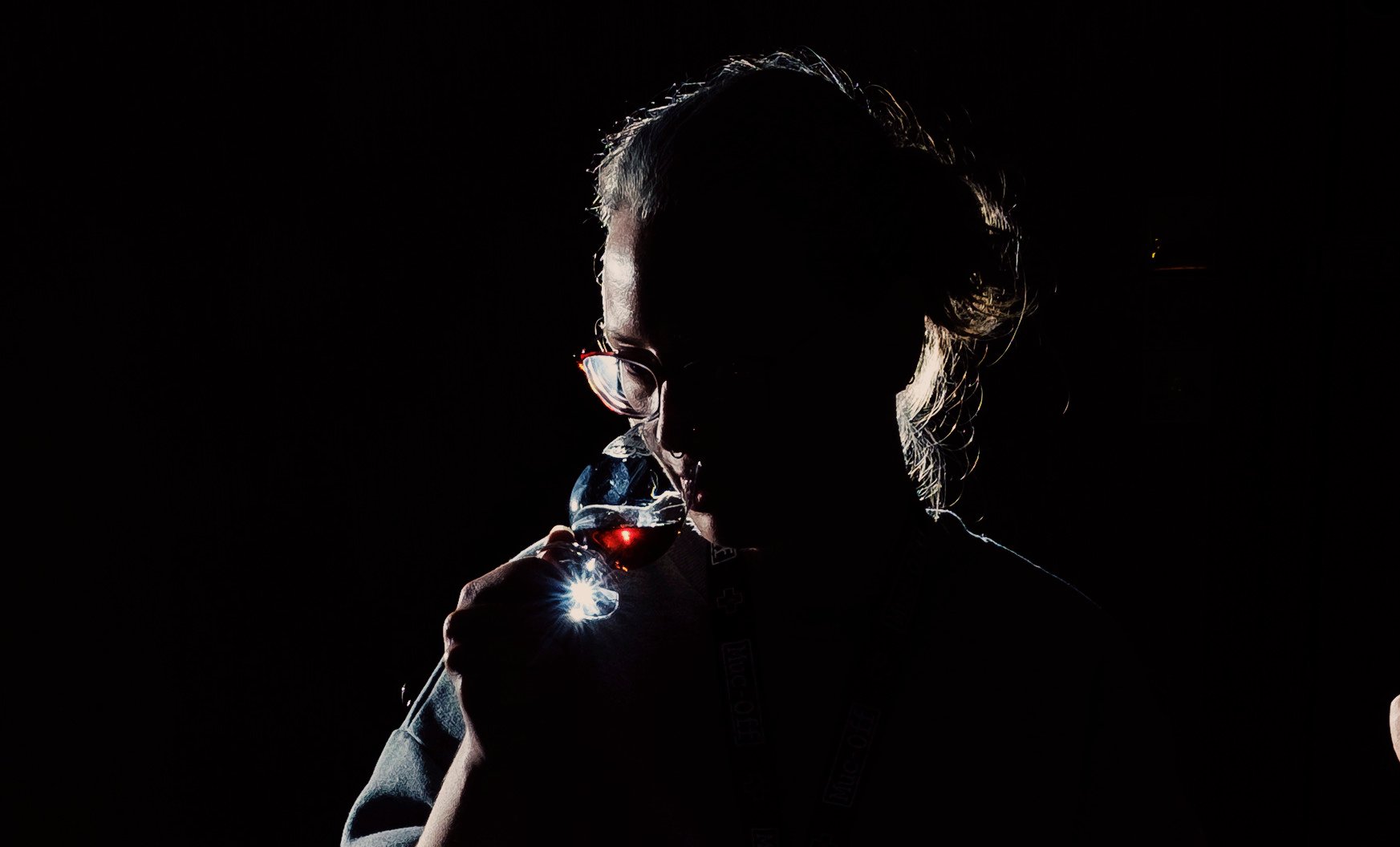Originally published in Unfiltered #45 and re-published in #78
Finding the perfect word to capture the complex flavours in cask strength Society single malts isn’t an easy task. When The Society was founded in 1983, the language used to describe whisky hardly existed. Here, an SMWS Tasting Panel insider spills the beans on the language of whisky and how the Society was at the forefront of finding a new way to talk about what was in our glass.
Fisherman’s Friend1. Brasso2. Dandelion and Burdock3. Petrichor4. What in the name of dunnage5 warehouse funk is the Tasting Panel on about?
If you’ve ever been left more than a little baffled by some of the references in our Tasting Notes, don’t worry — you’re not alone. Even as a Tasting Panel participant, I sometimes have to resort to my preferred search engine to find out what one of my fellow panelists is on about.
But that’s all part of the fun — and without digging around online, I’d never have discovered the perfect word to describe the smell of rainfall on dry soil (that’s petrichor — a great one to drop into a tasting when you’re getting an evocative earthy aroma).
The truth is, the language of whisky — just as with its appreciation and enjoyment — is a very personal thing. But it’s curious to think that when the Society was founded in 1983, any kind of language to describe the aromas and flavours of what was in the glass didn’t really exist. At that time, whisky companies focused almost exclusively on telling their customers how old it was, its Scottish heritage, how ‘smooth’ it might be — but offered up very little about what the stuff actually tasted like.
Origin story
The Scotch Malt Whisky Society decided that with its discovery of single cask whisky, rich in character and each bottling displaying its own personality, there was a need not only to sample and approve each whisky for bottling, but to describe its aromas and flavours. That’s when the prototype Tasting Panel was born, although by founder Pip Hills’s own admission, it wasn’t plain sailing when a disparate group gathered in the kitchen of his flat on Scotland Street in Edinburgh for the first time.

“I had six whiskies for us to taste, with nosing glasses and water to hand,” he describes in his book, The Founder’s Tale. “I explained carefully what was wanted: the members of the Committee were firstly to inspect the whisky, nose it without water, with water, and then to taste it.* At each stage they were to describe as accurately as possible the flavours they perceived in the spirit. Simile and metaphor were permissible, but only within the confines of strict accuracy. All nodded solemnly and addressed themselves to the first dram.
“The first Tasting Committee had to be admitted a failure. I ended up writing the Tasting Notes myself …. The Committee was subsequently reformed and, if we did not harbour such high hopes, I like to think we produced something of value. Certainly the members of the Society seemed to think so, when we sent them our first Newsletter, telling them (in a guarded, roundabout way) what whiskies we had in bottle and appending Tasting Notes. And, if the labels of whisky bottles around the globe today are any witness, we did something which the entire Scotch whisky industry found worth copying.”
Pip’s initial qualifying credentials for membership of the Tasting Panel were limited to “literacy and a liking for the cratur6”, and that holds pretty true to the present day, although it’s no guarantee of a panelist’s likely success when confronted with the challenge of putting the joy of whisky into words.
Hamish Henderson, a poet, songwriter, soldier, folklorist, co-founder of Edinburgh University’s School of Scottish Studies and passionate whisky enthusiast, should have been a natural, but couldn’t be cajoled into contributing to the Tasting Notes. “It would be a shame to describe such lovely whisky in mere words,” he said. “Perhaps a pibroch7 would do.” I’m sure we’ve all felt the sensation when ‘mere words’ can never do a particular whisky justice.
The modern panel
Nowadays the Tasting Panel is a multi-cultural and diverse affair, across age, gender and nationality. That’s why you’re as likely to see a reference to lambic ale8 in Cask No. 39.183: Kriek beer in Curaçao to Gewurztraminer wine9 in Cask No. 63.57: Fields of pleasure, or  macaroon bars10 in Cask No. 28.43: Muscle-toned heft and punch and biltong11 in Cask No. 108.18: Pancetta roulette.
macaroon bars10 in Cask No. 28.43: Muscle-toned heft and punch and biltong11 in Cask No. 108.18: Pancetta roulette.
If there’s a nostalgic mention of an old-fashioned Scottish sweetie such as a Hawick ball12 or a Berwick cockle13, you might detect the hand of Tasting Panel veteran and whisky bard, Robin Laing. Younger participants might be more likely to describe pickled onion Monster Munch14 in Cask No. 93.122: Baldrick’s Cosmic Tardis or Nutella15 sticky buns in Cask No. 46.81: A perfect parfait.
Whether you understand every reference isn’t important, and part of the pleasure of appreciating whisky is in finding your own associations with its aromas and flavours. So why not set up your own informal Tasting Panel with some friends and try it at home for yourself? Some lucky SMWS members from around the world are getting their own Tasting Panel experience this February, having won a prize to travel to Edinburgh to select and contribute to the Tasting Notes for our Gathering 2023 bottles.
Here’s a useful final word from Pip: “Remember none of this is exactly serious; it doesn’t really matter if you don’t get it right; indeed in a thing as subjective as taste, there is no absolute right or wrong.”
Now it’s your turn…
This article first appeared in Unfiltered issue 45 from November 2019
Unfiltered Magazine is The Scotch Malt Whisky Society’s premium whisky knowledge magazine delivering quality content exclusively to members in an immersive multimedia format monthly. To view Unfiltered #78 in its entirety (as well as all back issues), log in and access the members’ portal or join The SMWS today — the world’s most colourful whisky club.
- powerful menthol throat lozenge
- metal polish
- popular soft drink in Scotland similar to root beer
- the smell of dry earth after rainfall
- traditional whisky warehouse with an earthen floor
- Scots form of ‘creature’ to refer to whisky
- tune played on the bagpipes
- fermented Belgian beer
- sweet white wine from Alsace in France
- tooth-rotting Scottish sweetie made with mashed potato, chocolate and coconut
- dried cured meat from Southern Africa
- caramelised sugar with oil of peppermint
- crumbly mint sweets
- baked corn snack, available in a variety of flavours
- sweet hazelnut cocoa spread









